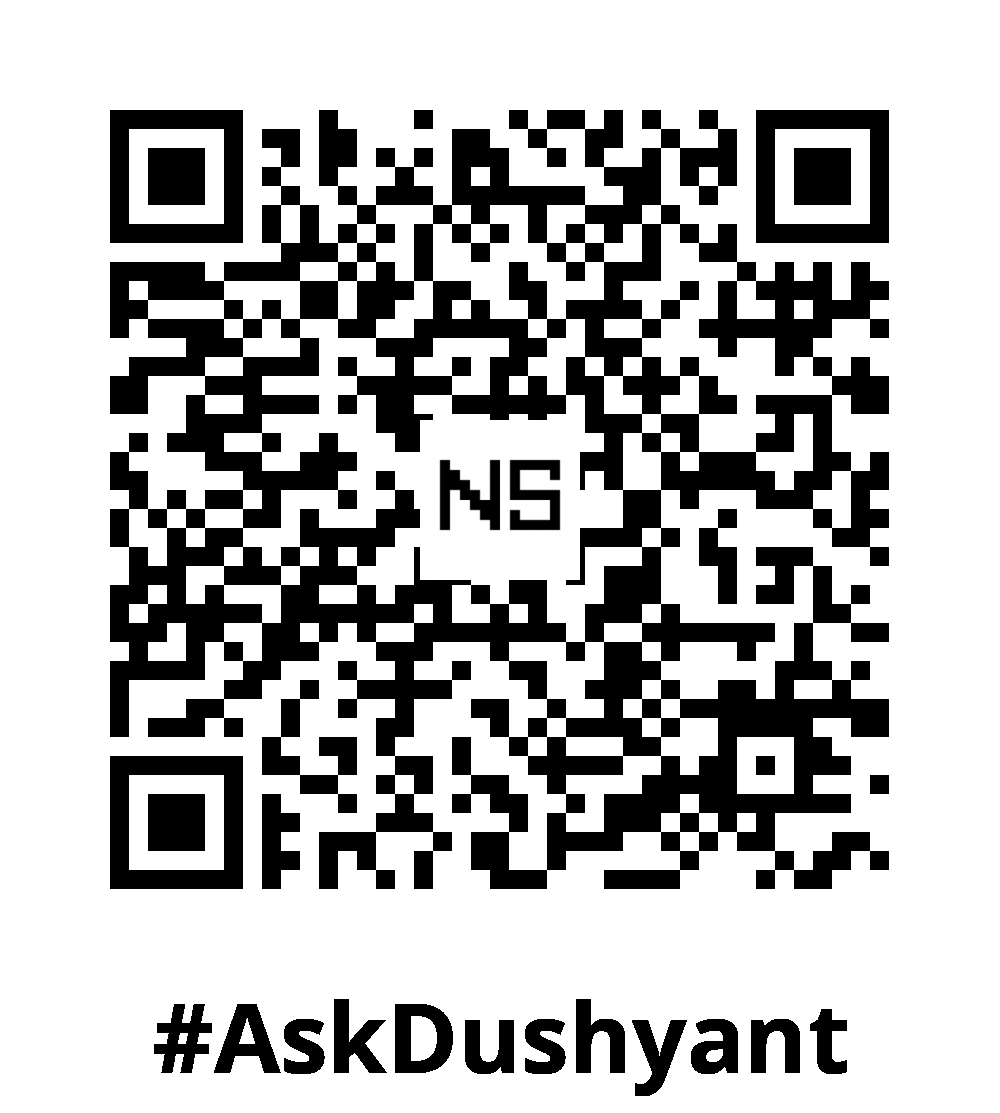With over 18 years in the tech industry, I have dedicated my career to developing innovative solutions, enabling various companies to design tailored software solutions. One such solution is Event-Driven Architecture (EDA), which serves as a critical approach for developing modern, scalable, and responsive applications. By responding to real-time events as they occur, applications can be more dynamic and flexible. Cloud platforms like AWS and Azure offer powerful services such as message queues and event buses that enable seamless real-time processing. In this blog post, we will explore how event-driven architecture works and how cloud platforms enhance its capabilities.
What is Event-Driven Architecture (EDA)?
Event-Driven Architecture (EDA) is a software design pattern that revolves around the production, detection, and reaction to events. Unlike traditional architectures that rely on synchronous operations, EDA enables asynchronous communication, allowing systems to react in real-time to various inputs and conditions.
Key features of EDA include:
- Asynchronous Communication: Applications do not need to wait for processes to complete, making them more efficient.
- Decoupling of Services: Different components of the system are independent, improving scalability and flexibility.
- Real-Time Processing: EDA allows systems to process data as soon as events occur, enabling faster responses to changes.
Why Use Event-Driven Architecture in the Cloud?
Cloud platforms like AWS and Azure provide the infrastructure to implement event-driven architectures at scale. They offer services like message queues, event buses, and serverless computing, making it easier to build real-time, reactive applications.
Benefits of EDA in the Cloud:
- Scalability: Cloud platforms automatically scale the infrastructure to meet demand, ensuring that your event-driven applications can handle varying workloads.
- Reliability: Built-in redundancy and failover mechanisms ensure that event-driven systems can continue to function smoothly, even under stress.
- Cost-Efficiency: Cloud-based EDA reduces costs by allowing you to pay only for the compute resources used, especially when combined with serverless architectures.
Key Cloud Services for Event-Driven Architectures
1. AWS SQS (Simple Queue Service)
AWS SQS is a fully managed message queue service that enables you to decouple and scale microservices, distributed systems, and serverless applications. It allows asynchronous communication between services, ensuring that messages are delivered even if one part of the system is temporarily unavailable.
Benefits:
- Reliable message delivery
- Fully managed and scalable
- Supports high throughput for large workloads
Example:
# Example of sending a message to AWS SQS using Boto3
import boto3
sqs = boto3.client('sqs')
queue_url = 'https://sqs.us-east-1.amazonaws.com/123456789012/my_queue'
response = sqs.send_message(
QueueUrl=queue_url,
MessageBody=('{"event_type": "order_placed", "order_id": "12345"}')
)
print('Message sent to SQS:', response['MessageId'])In this example, a message is sent to an SQS queue, notifying the system of an order event. AWS SQS ensures that this message is reliably delivered to the consuming services.
2. Azure Event Grid
Azure Event Grid is a fully managed event routing service that enables you to build applications with a focus on real-time event distribution. It supports various event sources, including Azure services and third-party systems, allowing you to create complex event-driven workflows.
Benefits:
- Seamless integration with Azure services
- Low-latency event delivery
- Simplified event routing
Example:
# Using Azure CLI to create a topic in Azure Event Grid
az eventgrid topic create --name orderEventsTopic --resource-group myResourceGroup --location eastusThis example demonstrates how to create a topic in Azure Event Grid, which can be used to publish events like new orders or inventory updates. Azure Event Grid ensures that events are propagated in real-time to any subscribed services.
3. AWS EventBridge
AWS EventBridge (formerly CloudWatch Events) is a serverless event bus that makes it easy to connect different applications using data from your own services or third-party SaaS applications. With EventBridge, you can route events in real-time to build loosely coupled, scalable applications.
Benefits:
- Seamless integration with AWS services
- Event-driven workflows across multiple sources
- Easy configuration of rules and event patterns
Example:
# Example of an AWS EventBridge rule triggering a Lambda function
import json
import boto3
client = boto3.client('events')
response = client.put_rule(
Name='OrderPlacedRule',
EventPattern=json.dumps({
"source": ["my.ecommerce.application"],
"detail-type": ["Order Placed"]
}),
State='ENABLED'
)
print("EventBridge Rule created:", response['RuleArn'])Here, an event rule is created in AWS EventBridge that triggers a Lambda function when an “Order Placed” event occurs. This allows for real-time reactions to events in your system without the need for polling or manual interventions.
Designing Real-Time Applications with EDA
When designing real-time applications using event-driven architecture, consider the following best practices:
- Decouple Services: Ensure that components of your system communicate via event streams or message queues to improve resilience and flexibility.
- Use Event Buses: Event buses like AWS EventBridge or Azure Event Grid simplify the process of event routing and allow multiple services to subscribe to events from different sources.
- Leverage Serverless Architectures: Serverless functions such as AWS Lambda or Azure Functions allow you to build responsive applications without managing underlying infrastructure, improving scalability and reducing costs.
My TechAdvice: Leverage Event-Driven Architecture in the cloud to unleash the power of responsive, real-time applications. However, reserve this technology for non-critical business needs and minimize dependencies on your cloud provider. Cloud platforms like AWS and Azure provide powerful tools such as SQS, EventBridge, and Event Grid, which simplify the process of implementing EDA at scale. By adopting an event-driven approach, you can build scalable, efficient, and cost-effective systems that respond to real-world events as they happen.
#AskDushyant
#TechConcept #TechAdvice #CloudComputing #Architecture
Note: This example pseudo code is for illustration only. You must modify and experiment with the concept to meet your specific needs.


Leave a Reply